The successor to the 'most beautiful car of the 20th century' is smooth, comfortable... and ends up highlighting everything that's wrong in car design today
The DS No. 4 traces its lineage back to the Citroën DS, a car so extraordinary that people described it as looking 'as if it had dropped from the sky'. And while the modern version is more friendly to the earth, says Toby Keel, it's also worryingly earthbound.

I saw the Beach Boys play once.
Except I didn’t, not really.
When Surfin’ USA and I Get Around came out I was still many years away from being born. Still, I loved the music once I made it on to this mortal coil: my dad had a tape of their greatest hits, which he played in the car whenever we went on holiday. I think if was called 20 Golden Greats or something like that.
So when the chance to see them live came along in the mid-2000s at an event I was going to, I was excited and intrigued — not least because poor old Brian Wilson (RIP) was already in quite a bad state of health by then. Needless to say, he wasn’t in the line-up on the night I saw his band. The Beach Boys tramped up on stage, with at least seven or eight musicians, most of whom looked younger than me, apart from an old boy at the back who was strumming a bass. Or possibly doing some gentle drumming. I forget the details, but apparently the old boy was a bona fide original line-up member who gave the rest of this tribute act the legal right to call themselves The Beach Boys. Were they still good? Yes. Were the songs still fantastic? Absolutely. But as you can imagine, it just wasn’t really what I’d imagined it would be.
I’d forgotten all about that night 20-odd years ago until a couple of weeks ago, when I drove a Citroën DS.
Except I didn’t, not really. What I drove was a DS Automobiles No. 4.

The original Citroën DS is one of the few cars — along with the original Mini, the VW Beetle, the Model T Ford — that can genuinely be described as iconic. Unveiled in 1955, it was the brainchild of the sculptor and designer Flaminio Bertoni, who worked alongside a French aeronautical engineer called André Lefèbvre to create a design of such audacity that even 70 years later, there really has never been another car like it.
Exquisite houses, the beauty of Nature, and how to get the most from your life, straight to your inbox.
The car’s underlying technology was as futuristic as its flowing lines, with self-levelling hydraulic suspension and disc brakes (it was the first mass-produced car to offer either). It was wildly successful, hopelessly cool and a symbol of post-war recovery from France; the philosopher Roland Barthes called it ‘a purely magical object’ that ‘marks a change in the mythology of cars’, looking like ‘it has fallen from the sky’. And in 2009 it was voted by Classic & Sports Car magazine’s panel of car designers as ‘the most beautiful car in history’.
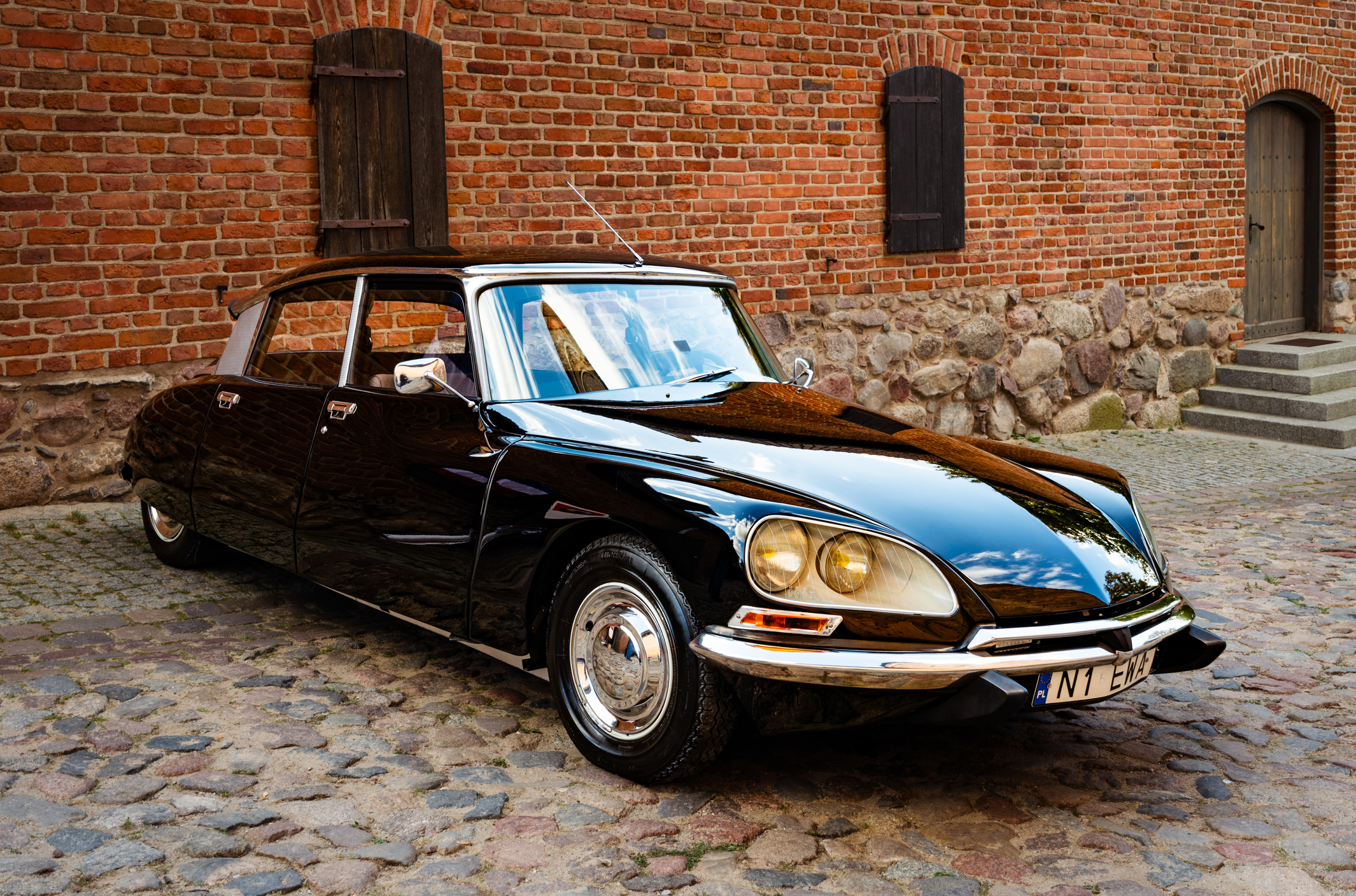
With the greatest of respect to the designers of DS Automobiles — which was spun off from Citroën not long after I saw The Beach Boys play — it doesn’t seem likely that the DS 4 will still be remembered so fondly in another 70 years. It’s a perfectly pleasant design, smart and fairly sharp. It’s better looking than most cars on the road; but at the same time it still looks very, very similar to most cars on the road.
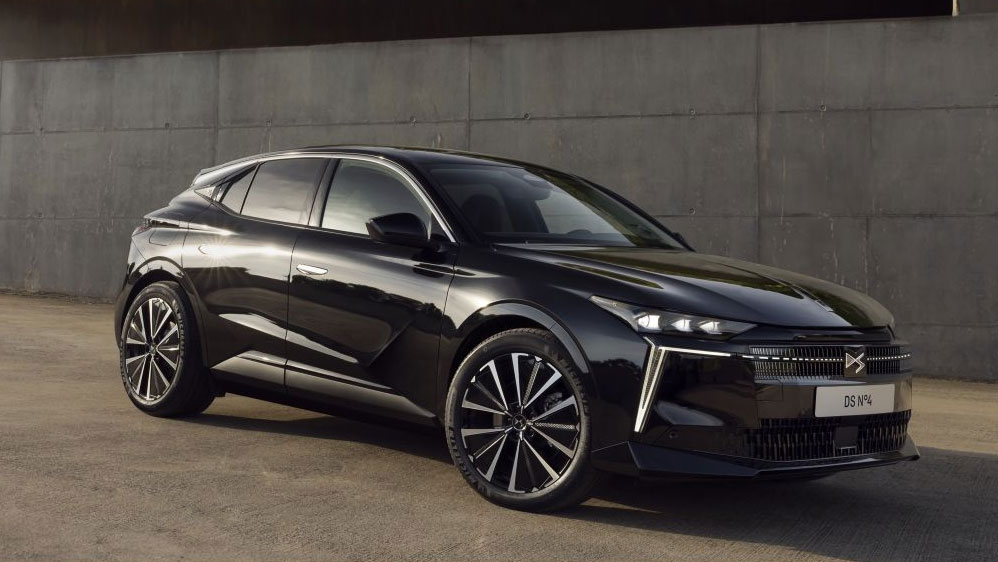
There’s a lot to like about the car, though. It’s got a perfectly responsive and efficient hybrid engine, with a fully electric version also available. It’s very pleasant to be inside, with comfortable seats, excellent luggage space, and all the toys you’d want. It’s got a reassuring number of physical buttons for things like air conditioning, to go along with the inevitable touchscreen controls. The only black mark against it was that there was a sort of laptop trackpad in the centre console which definitely looked like it should do something, but… well, if it did, then that something is not something that I managed to figure out in a week of fiddling about with everything I could find.

The DS 4's controls are mostly very easy to use — though we're not quite sure what the little touchpad did.
The DS 4 really grew on me over the course of the week. I’d be very happy indeed — delighted, actually — to have one outside the house as my daily driver. But the exotic mystique of the DS brand could — should — offer so much more when it comes to a car’s looks. This is the mid-2000s Beach Boys: the songs are good, the music is in tune, but it’s missing the magic.
What’s more, I feel like they know it. The PR machine of parent company Stellantis speaks of the car’s ‘avant-garde visual identity’, suggesting that they know what they ought to be delivering: a DS should be a car which — as Barthes says — looks as if it might have just dropped out of the sky. Instead, this is a car whose design you forget the moment you look away.
There are myriad reasons — good reasons — why car design is so much duller today than it was in 1955. Safety, economy, comfort and space in modern cars are all worlds apart from where they were 70 years ago, all of which called for compromise on aesthetics. And the electric car revolution has had a huge effect: every chassis today needs space for the batteries (even in the case of a hybrid, such as the one I drove) and that means passengers have to sit up higher to allow for a tonne or two of lithium power below them. Everything ends up looking like a squished-down SUV, and while the DS 4 is far from the worst offender (I’m looking at you, Ford Capri), it’s sad to see an industry once capable of astonishing design feats reduced to this.
Unless someone figures out a way around all the problems, then by the time the year 2109 comes around, and Classic & Sports Car run their ‘most beautiful car of the century’ poll once again, the voters will probably spend most of their time staring into space and trying to remember what any car looked like at all.
DS 4: On The Road
Model tested: DS4 Pallas Hybrid 136 Auto
Price: From £34,630
Power: 136hp
0-62mph: 10.4 seconds
CO2 emissions: 117 g/km
Find out more: dsautomobiles.co.uk
Toby Keel is Country Life's Digital Director, and has been running the website and social media channels since 2016. A former sports journalist, he writes about property, cars, lifestyle, travel, nature.
-
 'The ugliness and craziness is a part of its charm': The Country Life guide to Bangkok
'The ugliness and craziness is a part of its charm': The Country Life guide to BangkokWhere to stay, where to eat and what to do in the Thai capital.
-
 There are a billion microbes in a teaspoon of soil. Letting the leaves to Nature feeds and nourishes them... and blasting them with a leaf blower is disastrous
There are a billion microbes in a teaspoon of soil. Letting the leaves to Nature feeds and nourishes them... and blasting them with a leaf blower is disastrousLeaf blowers aren't just futile and polluting — they're actively bad for the health of your garden, not to mention your mental wellbeing. Time to reach for the rake, says Isabel Bannerman.
-
 Meet the British perfumers squeezing landscapes into scents
Meet the British perfumers squeezing landscapes into scentsThe nuances of modern perfumery now allow a single drop to evoke an entire landscape. Amie Elizabeth White explores the native houses hitting the right notes
-
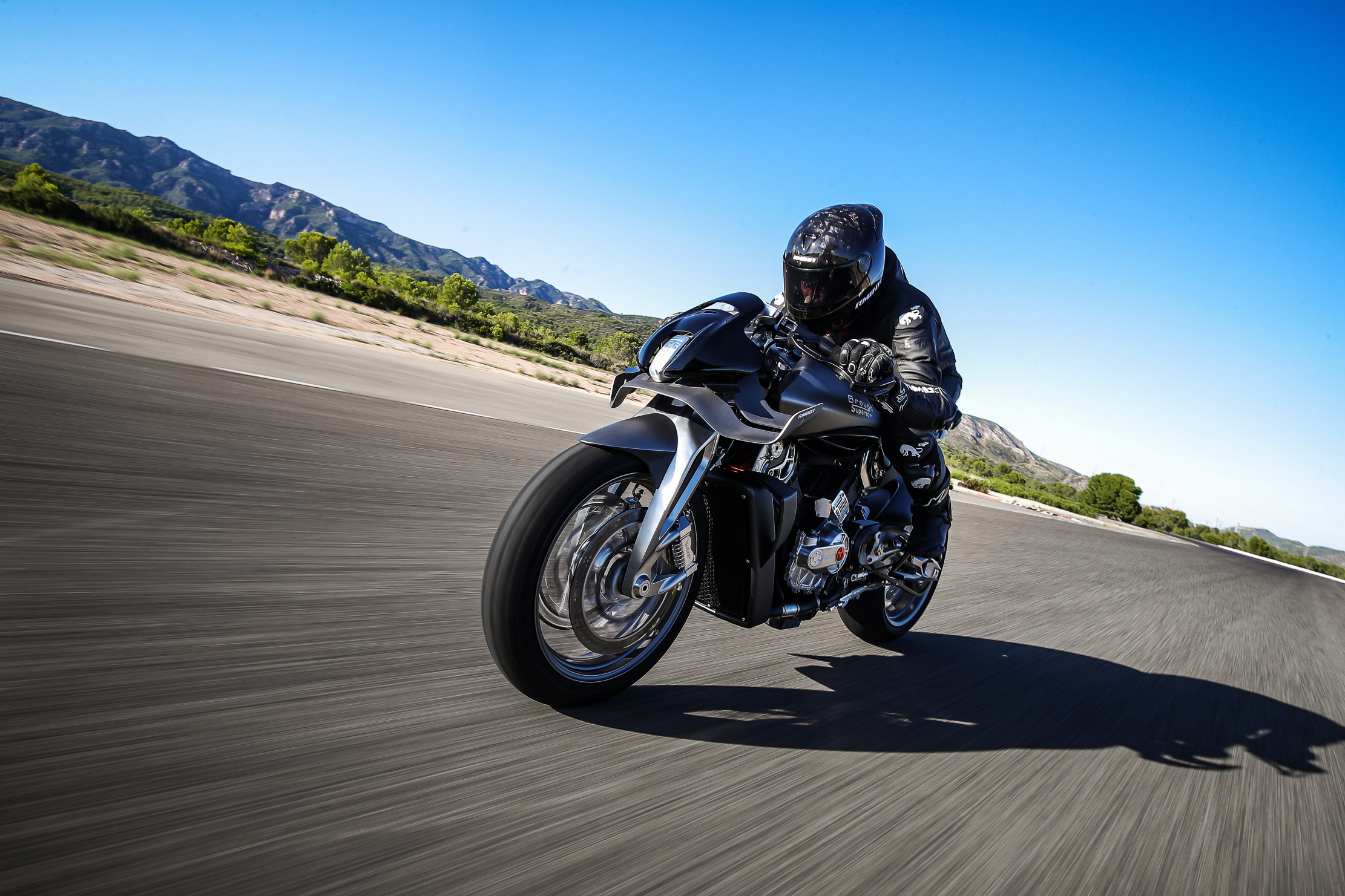 This machine is what happens when the Rolls-Royce of motorbikes and the most innovative of watchmakers join forces
This machine is what happens when the Rolls-Royce of motorbikes and the most innovative of watchmakers join forcesBrough Superior and Richard Mille, two brands renowned for perfection, have created something that is exactly that.
-
 ‘Each one is different depending on what mood I’m in, how I'm feeling and how my energy is’ — meet the carver behind Westminster Hall's angel statues
‘Each one is different depending on what mood I’m in, how I'm feeling and how my energy is’ — meet the carver behind Westminster Hall's angel statuesBespoke woodcarver William Barsley makes unique scale replicas of the angels that gaze over Westminster Hall, the oldest part of the palace of Westminster.
-
 If chess is 'the supreme board game', then it deserves to be played on boards like these
If chess is 'the supreme board game', then it deserves to be played on boards like theseChess sets and backgammon boards are a familiar sight on drawing-room tables, but one expert Highland woodworker is refashioning their forms in beautiful new ways.
-
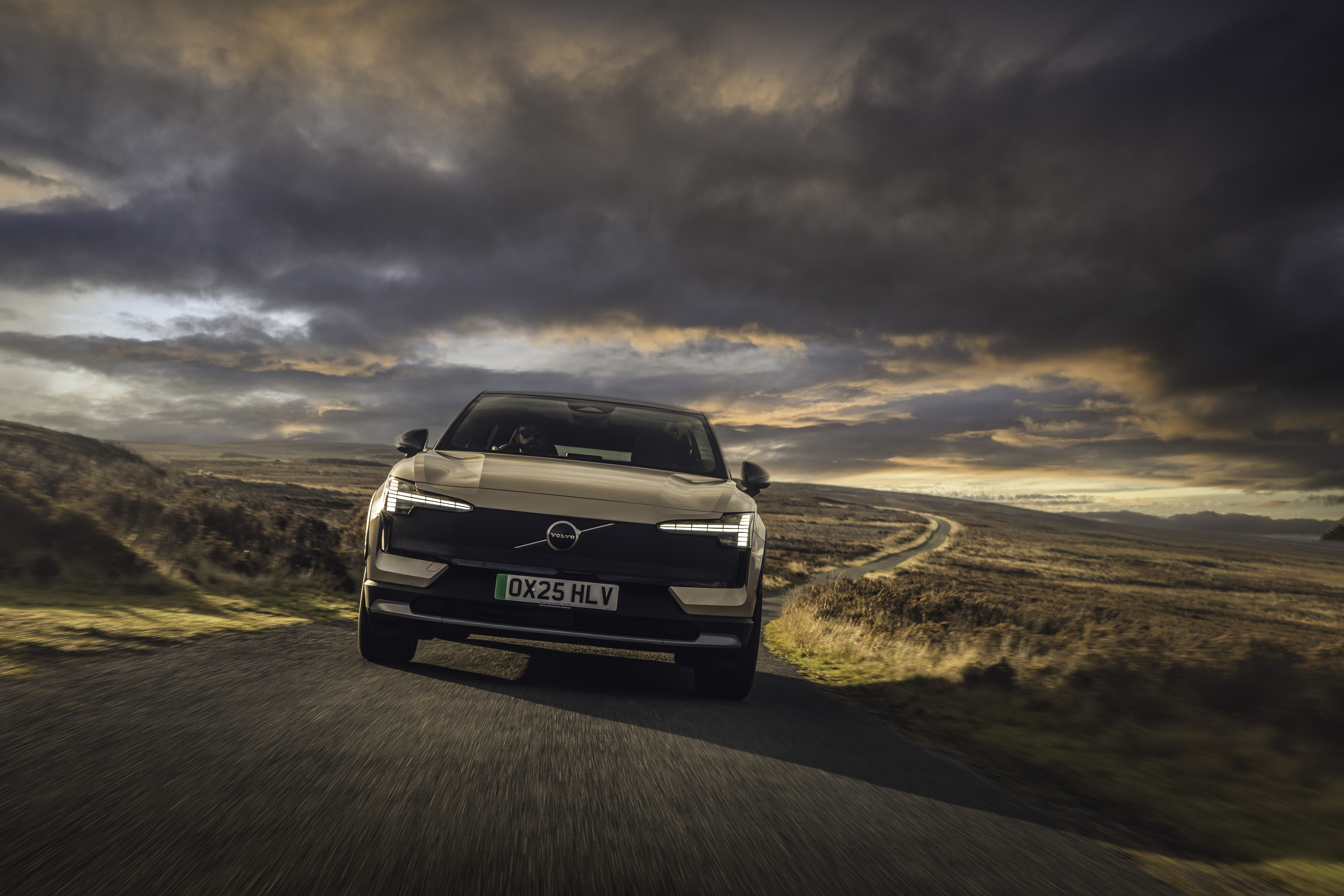 A slick looking off-roader that's a far cry from its rustic rural roots — Volvo EX30 Cross Country
A slick looking off-roader that's a far cry from its rustic rural roots — Volvo EX30 Cross CountryThe latest iteration of Volvo's Cross Country is flashy, fast and stylish. But is that what a Volvo Cross Country is supposed to be?
-
 'Gems of enflamed transparencies, of bottomless blues, of congealed opals': Why glass was perfect for the elemental experimentalism of Art Nouveau
'Gems of enflamed transparencies, of bottomless blues, of congealed opals': Why glass was perfect for the elemental experimentalism of Art NouveauArt Nouveau masters such as Louis Comfort Tiffany and Émile Gallé turned the most fragile of materials into iridescent masterpieces that shimmered like seashells or glittered like Byzantine mosaics.
-
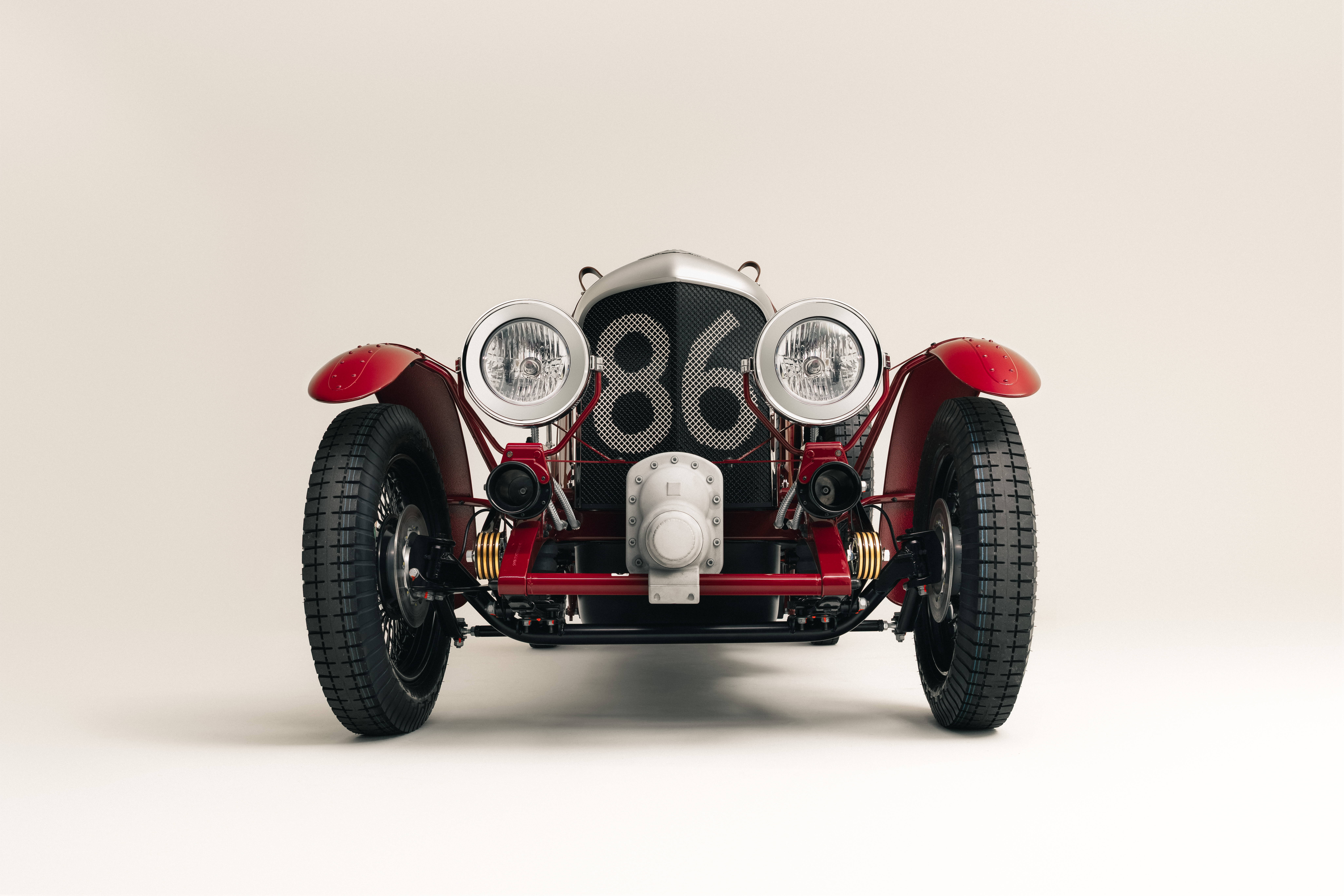 Why you absolutely need an electric Bentley Blower furnished with Russian reindeer leather
Why you absolutely need an electric Bentley Blower furnished with Russian reindeer leatherA collaboration between Hedley Studios and The King's shoemaker George Cleverley has produced something rather remarkable. Jeremy Taylor goes for a drive.
-
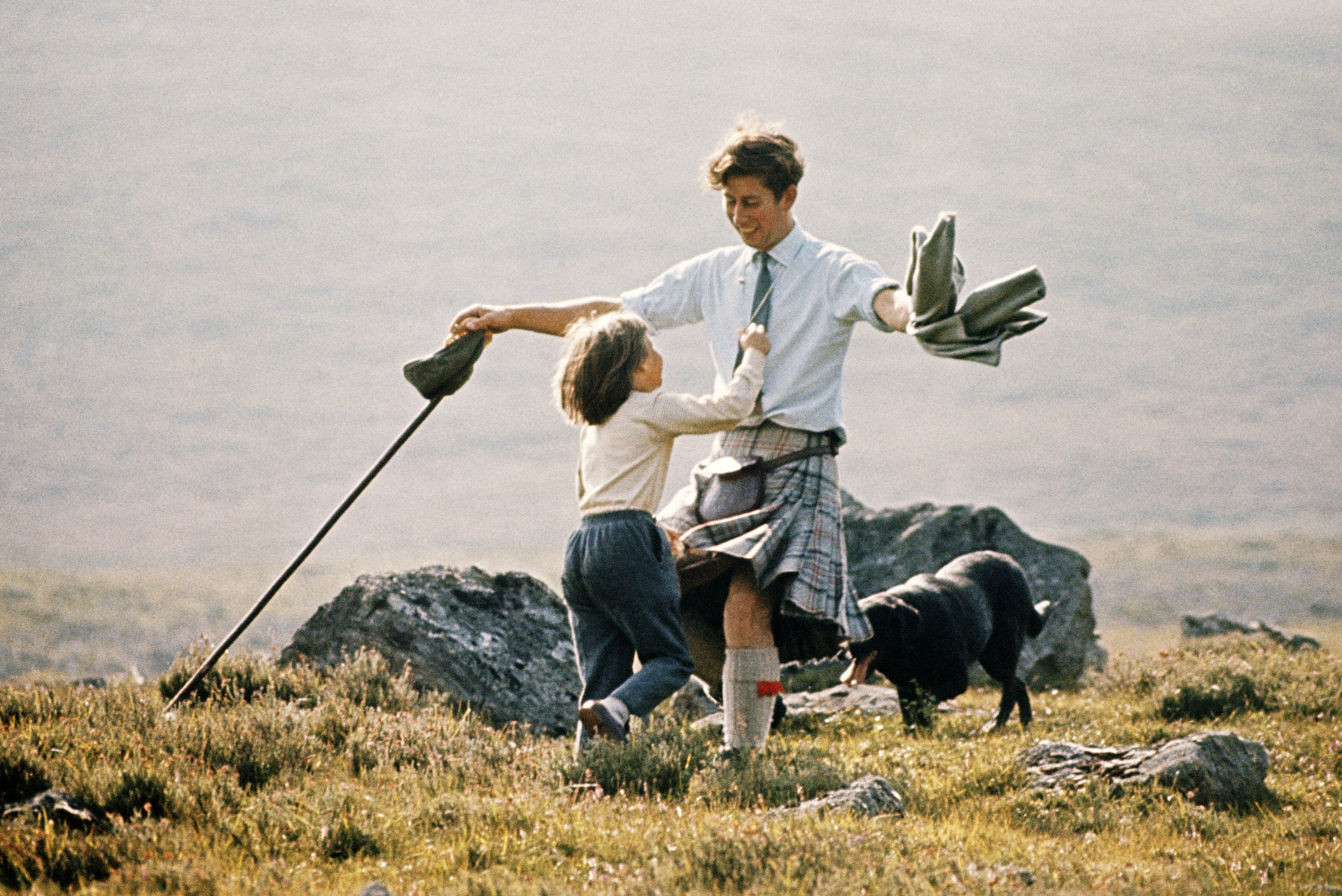 Kilt status: A history of the iconic Scottish skirt, from wartime wrap to punk protest
Kilt status: A history of the iconic Scottish skirt, from wartime wrap to punk protestEverything you need to know about the kilt — apart from what to wear underneath one.

